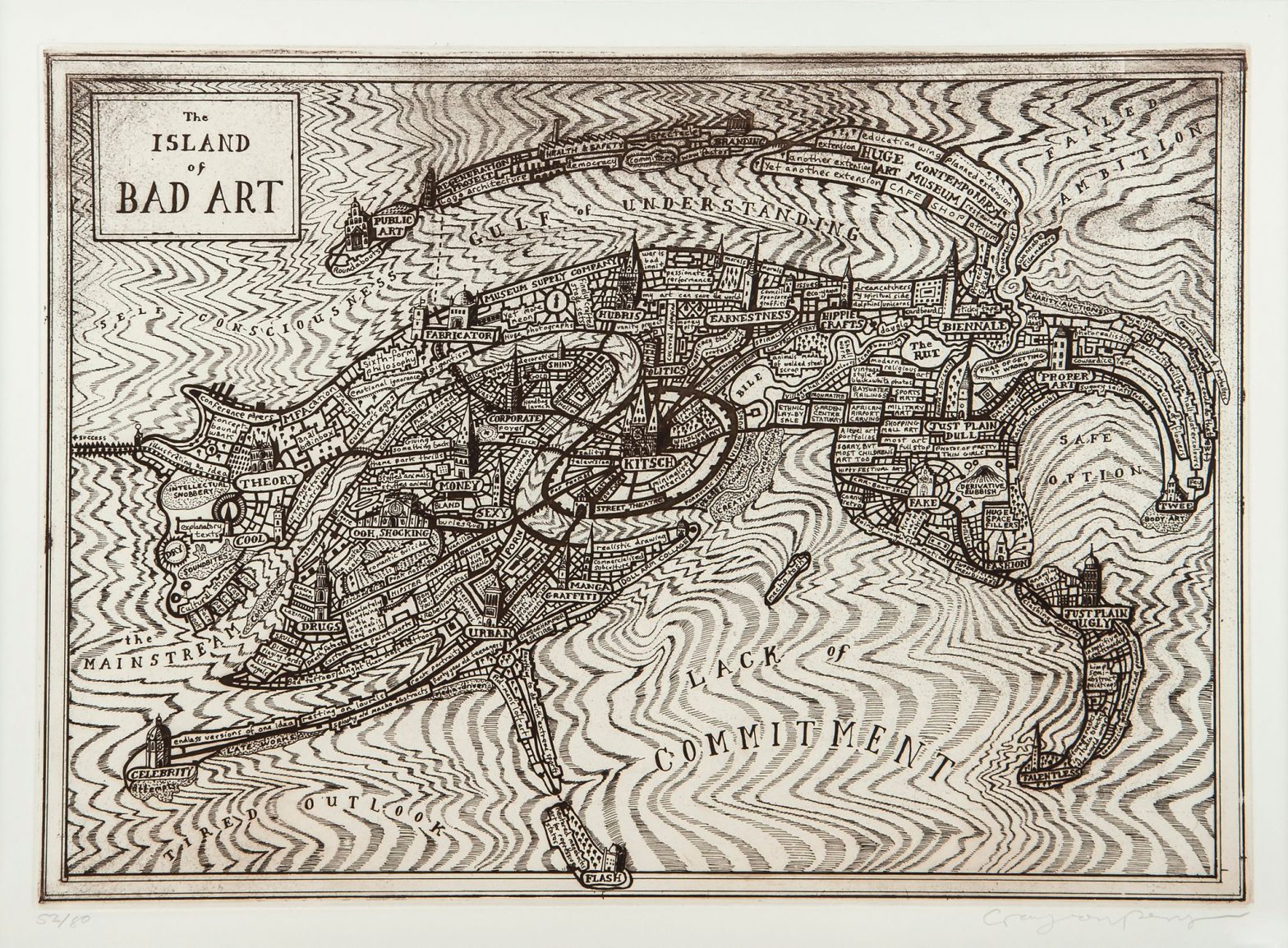Grayson Perry, born in 1960, and winner of the Turner Prize in 2003, is one of the best known and influential artists living today. Primarily known for his ceramic jars and his self-identification as a transvestite, his work over the last few years has branched widely to include television series, tapestries and maps. I chose …
Tag Archives: Gabe Wolff
Workshop with Beth Cavener
This January 2015 FHSU hosted a workshop with Beth Cavener, an artist that I have had a serious art crush on since first seeing her work years ago. That piece, titles A Rush of Blood to the Head is still tremendously influential to my work and aspiration as an artist. It can be viewed here: http://www.followtheblackrabbit.com/gallery/a-rush-of-blood-to-the-head-2/ …
Glaze Development in Ancient China
The worlds first stoneware glazes were developed during the Shang Dynasty in China (1,600 – 1,100 bce). This is an astounding feat when considering that stoneware was not achieved in Korea and Japan for another 2,000 years and in the West for another 3,000 years. One theory for the early development of stoneware temperatures in …
Tang Dynasty Tomb Guardians
China’s Tang Dynasty (618ce to 907ce) is among the greatest periods for art making in the world. The relative peace enjoyed by the people and its outward looking and accepting culture where art was highly valued, created the perfect environment for experimentation and growth by artists. China hosted flourishing trade along the silk road, that …
Ai Weiwei and The Art of Destruction
The pottery of Neolithic and Bronze era China have inspired many artists over the centuries since it was first created, but none to such a controversial degree as the work of Ai Weiwei. Ai Weiwei is a Chinese artist who has risen to the apex of the international art scene with his thought-provoking social commentaries. …
Gansu Jars of Neolithic China
Neolithic culture is a period that begins worldwide about 8000 bce and is defined by humanities move from hunter-gather culture to settled agriculture centered around small villages. Important innovations and technology of the time were stone tools and the regular manufacture and use of pottery. It is in fact through pots and fired ceramic objects …
Jun Kaneko and the Multi-Discipline Approach
For the final article of the Ceramic Art and Perception assignment for this semester, I’ve chosen an article by Nancy M. Servis featuring a moment in Jun Kaneko’s career in which he was exhibiting at the Rena Bransten Gallery in San Fransisco and had also designed set, costumes and props for a production of Mozart’s …
Continue reading “Jun Kaneko and the Multi-Discipline Approach”
Judy Onofrio
This piece titled “Flux” by Judy Onofrio is featured in a review of her work in Ceramics Art and Perception issue 92. The work is composed of ceramic forms and found objects, primarily bone, that the artist collects and cleans for this purpose. The assemblages are then unified by paint surfaces that accentuate the feeling …
Inventing the Modern World
Rozenburg Haagsche Plateelbakkerij, The Netherlands (The Hague), 1883-1914. Milk Jug, 1900. Glazed porcelain with enamel. 108 x 40.6 x 33.7 cm. Designmuseum, Danmark, Copenhagen, 793. One of the best things about the Ceramics Art and Perception assignment this semester is catching up on events in the ceramic community that I missed. One of these …
The Geometric Style Pottery of Greece
The reemergence of decorated pottery in the Aegean is a slow refining process of picking up where the Mycenaean left off after inheriting the great pottery traditions of Crete. This early Greek style continued to evolve until the mature geometric style emerged. The circles and half circles of the Proto-Geometric style are replaced by …
